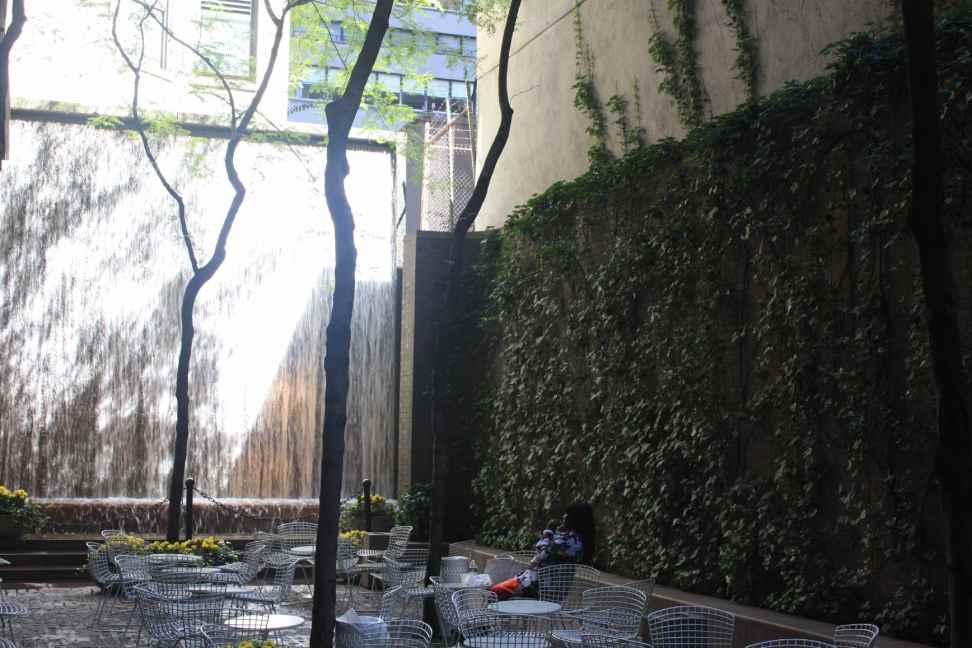King 567, Betbhai247, Apbook247: Urban soundscapes are complex environments shaped by various key factors. One critical element is the density of the city, with more densely populated areas often experiencing higher levels of noise due to increased human activity and traffic. Additionally, the layout and design of urban spaces play a significant role in shaping soundscapes, with factors such as street width, building height, and architectural materials influencing the propagation of sound waves.
Moreover, the presence of specific sound sources, such as transportation hubs, industrial zones, and commercial areas, has a substantial impact on urban soundscapes. These sources introduce different types of sounds into the environment, ranging from low-frequency hums to high-pitched noises, which can contribute to overall noise pollution levels in the city. Understanding these key factors is crucial in managing and improving the quality of urban soundscapes for the well-being of residents and the sustainable development of cities.
Historical Context of Sound in Urban Environments
The history of urban soundscapes dates back to ancient civilizations, where bustling marketplaces and echoing streets defined the auditory landscape. In cities like Rome and Athens, the sounds of horse-drawn carriages, street vendors calling out their wares, and the chatter of people filled the air, creating a rich tapestry of urban noise. These sounds were not just background noise but integral to the rhythm and pulse of city life, signaling activity, commerce, and community interactions.
As urban centers evolved over time, so too did the sounds that accompanied them. The industrial revolution brought about a new era of urban noise, with the clanging of machinery, steam engines, and factory whistles dominating the auditory landscape. The advent of automobiles further transformed urban soundscapes, introducing the roar of engines, honking horns, and traffic congestion to city streets. These shifts in sound reflect the changing dynamics of urban life and the impact of technological advancements on the auditory experience of city dwellers.
Effects of Noise Pollution on Urban Residents
The relentless onslaught of noise pollution in urban environments can have profound effects on the well-being of residents. With roaring traffic, blaring sirens, and incessant construction noise all contributing to the cacophony, urban dwellers are often subjected to high levels of environmental noise that can be detrimental to their physical and mental health.
Studies have shown that exposure to chronic noise pollution can lead to increased stress levels, disturbed sleep patterns, and heightened risk of heart disease and other health issues. The constant bombardment of noise in urban areas can also have negative impacts on cognitive function, concentration, and overall quality of life for residents.
What are some key factors in urban soundscapes?
Some key factors in urban soundscapes include traffic noise, construction noise, industrial noise, and loud music from bars and clubs.
How has the historical context of sound in urban environments changed over time?
Apbook365, Apbook Login, Goexch777: The historical context of sound in urban environments has shifted from more natural sounds to artificial noises created by human activities such as transportation and construction.
What are some of the effects of noise pollution on urban residents?
The effects of noise pollution on urban residents can include sleep disturbances, increased stress levels, hearing loss, and decreased overall quality of life.


